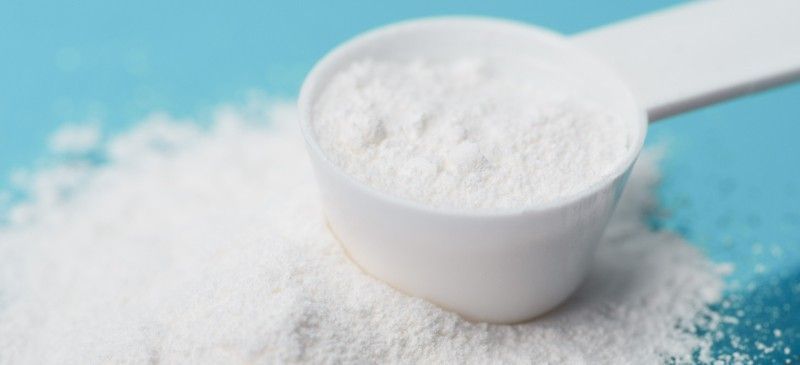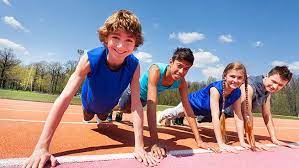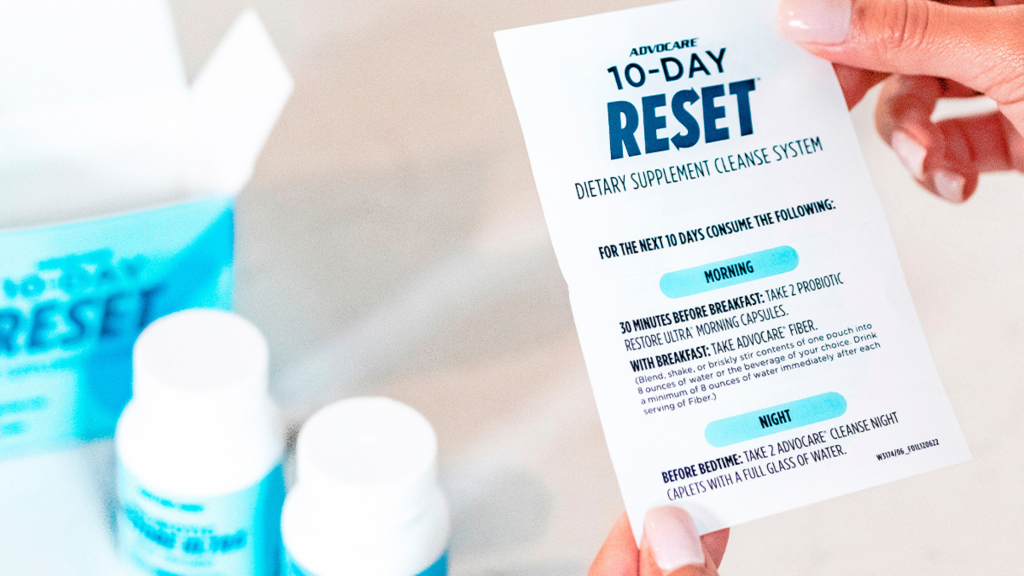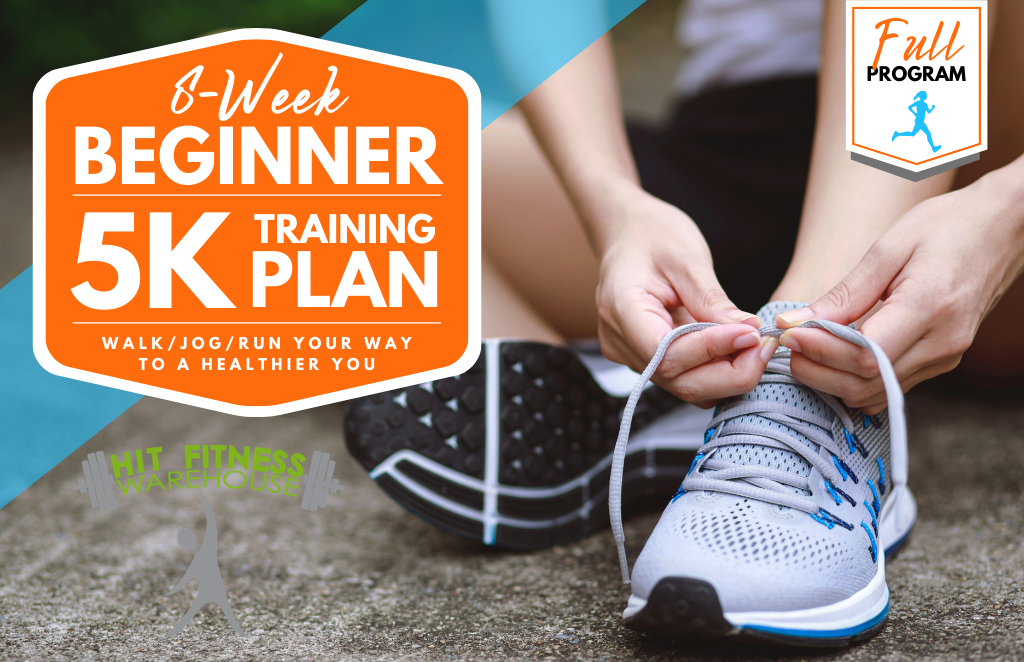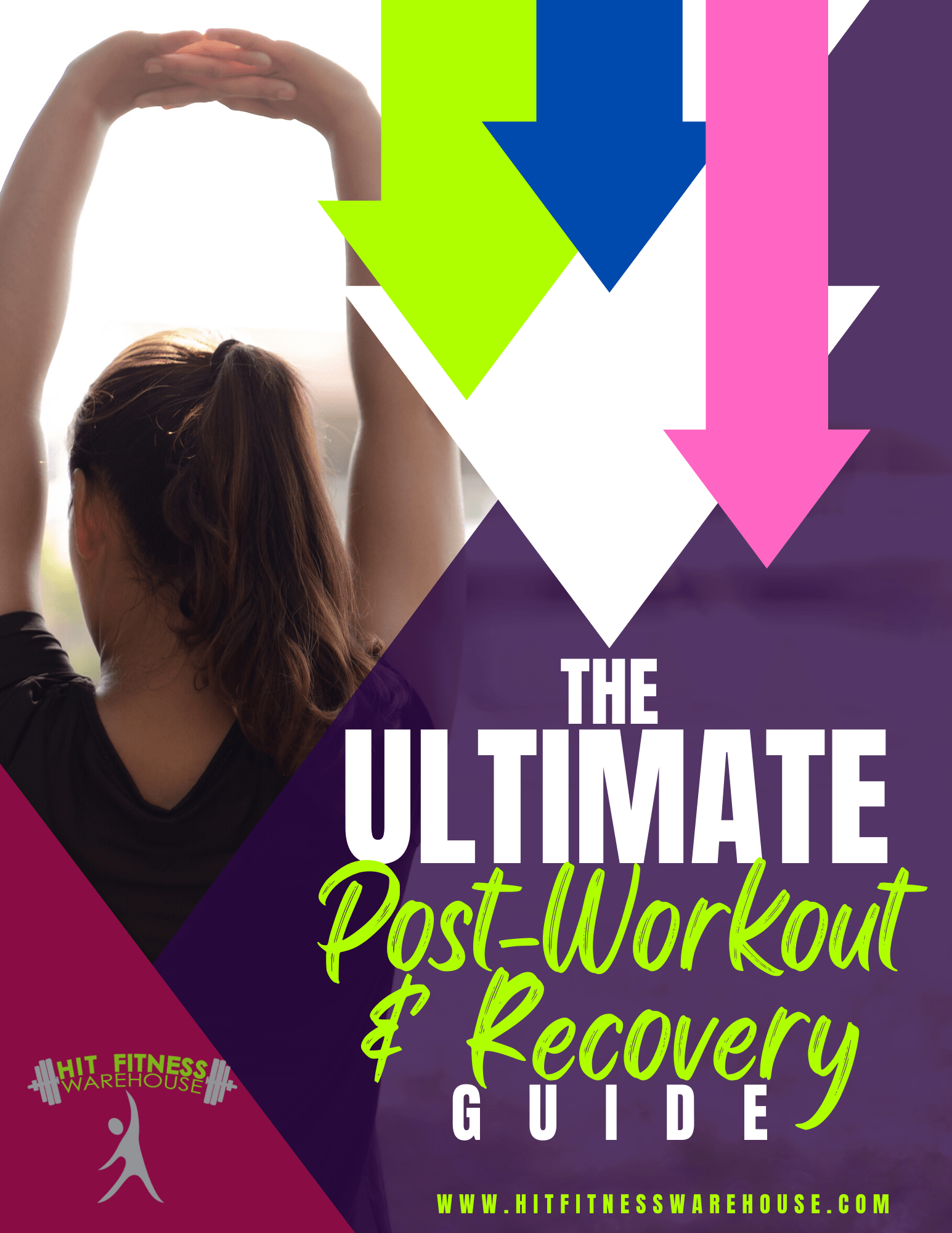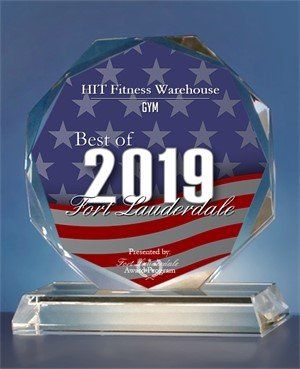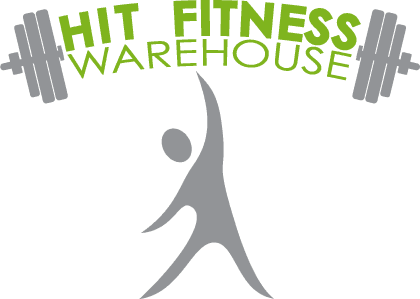Exercise Fasted or Non-Fasted- What Burns More Body Fat?
STORY AT-A-GLANCE
•Fasting before aerobic training leads to reductions in both body weight and body fat, while eating before a workout decreases only body weight
•When you exercise while fasting, it essentially forces your body to shed fat, as your body's fat burning processes are controlled by your sympathetic nervous system (SNS), and your SNS is activated by exercise and lack of food
•Exercise and fasting also yield acute oxidative stress, which may actually benefit your muscle
•A post-recovery meal of fast-assimilating protein such as high-quality whey protein, eaten within 30 minutes of your workout, is very important when you exercise while fasting; this will essentially “rescue” your muscle tissue out of a catabolic state and supply it with the proper nutrients to stimulate repair and rejuvenation
By Dr. Mercola .....
Dr mercola is one of the leading experts when it comes to high intensity exercise and fasting, as well as intermittent fasting.
Periodic fasting may offer multiple health benefits, as long as it's done properly .
Many equate fasting with not eating for long periods … but beneficial fasting is not about starving yourself.
After all, you're fasting almost every day insofar as your first morning meal is 'breaking the fast' (breakfast) from the time of your last meal the day before.
Giving your digestive system a rest allows vital energy resources to be directed toward bodily healing, repair, detoxification and maintenance.
Fasting periodically, such as eating very lightly for two days each week, has been found to trigger a variety of beneficial hormonal and metabolic changes that may help prevent age-related brain shrinkage, heart disease, diabetes, and possibly even cancer.
And now new research suggests fasting before exercise may help you to achieve your desired results faster …
Fasting Before Exercise Helps You Burn More Fat
If you're already devoting the time to working out, you're probably interested in making the most of that time and getting in the most possible benefit in the shortest amount of time.
One way to boost your return on your exercise "investment" may be to do your workout while fasting.
In short The researchers from these studies concluded:
" … aerobic training in a fasted state lowers body weight and body fat percentage. In contrast, fed aerobic training decreases only body weight. In addition, Ramadan fasting induced change in some metabolic parameters in FAST, but these changes were absent in FED."
When you exercise while fasting, it essentially forces your body to shed fat, as your body's fat burning processes are controlled by your sympathetic nervous system (SNS), and your SNS is activated by exercise and lack of food
Why Fasting Might Take Your Exercise Program to the Next Level 👆
Simply put, exercise and fasting yield acute oxidative stress, which actually benefits your muscle. According to fitness expert Ori Hofmekler, acute oxidative stress is:
" … essential for keeping your muscle machinery tuned. Technically, acute oxidative stress makes your muscle increasingly resilient to oxidative stress; it stimulates glutathione and SOD [superoxide dismutase, the first antioxidant mobilized by your cells for defense] production in your mitochondria along with increased muscular capacity to utilize energy, generate force and resist fatigue.
Hence, exercise and fasting help counteract all the main determinants of muscle aging. But there is something else about exercise and fasting. When combined, they trigger a mechanism that recycles and rejuvenates your brain and muscle tissues."
Tips for Fasting and Exercising Safely: A Post-Workout Recovery Meal is Crucial
Exercise and fasting help counteract all the main determinants of muscle aging, while boosting fat-burning compared to working out after eating. However, fasting incorrectly can cause more harm than good. To start, you need to make sure that you're not fasting to an unhealthy extreme. In other words, fasting does not mean that you starve yourself for days. Instead, intermittent fasting involves either fasting completely or simply minimizing your food intake during the day to small servings of light, low-glycemic, mostly raw foods such as fruits, vegetables, whey protein or lightly poached eggs every 4-6 hours.
You then do your workout while fasting (30 minutes after your latest snack) followed by a very important recovery meal (whey protein) and then you eat your main meal at night. It's very important that you eat an appropriate recovery meal after your workout session, as this will prevent brain and muscle damage from occurring.
So it's crucial that you eat within 30 minutes after your workout, and your meal must include fast-assimilating protein
If Fasting is Too Extreme, Try Exercising Before Breakfast
You can get many of the same benefits of fasting and exercise by exercising first thing in the morning, when your stomach is empty.
DAILY ROUTINE:
6am: Wake up
615am: warm up
6:30: Exercise -
• Every minute on minute perform 100 yard sprint
•Repeat for 10 minutes
==> Progression: each week add one minute (one additional set of sprinting) on top of the previous week.
Example of ADVANCED 5 weeks may be...
•WEEK 1 - 10 sets of 100 yards Sprint EMOM
•WEEK 2 - 11 sets of 100 yards Sprint EMOM
•WEEK 3 - 12 sets of 100 yards Sprint EMOM
•WEEK 4 - 13 sets of 100 yards Sprint EMOM
•WEEK 5 - 14 sets of 100 yards Sprint EMOM
Example of BEGINNER 5 weeks may be...
•WEEK 1 - 10 sets of 50 yards Sprint at 80% Every 90 seconds (1:30)
•WEEK 2 - 10 sets of 75 yards Sprint at 80% Every 90 seconds (1:30)
•WEEK 3 - 10 sets of 100 yards Sprint Every 90 seconds (1:30)
•WEEK 4 - 10 sets of 100 yards Sprint Every 75 seconds (1:15)
•WEEK 5 - 10 sets of 100 yards Sprint Every Min On Minute (EMOM)
Just remember to Always Listen to Your Body When it Comes to Eating and Exercise
———————————————————————
Let us know what you think follow us on:
Instagram: http://instagram.com/hitfitnesswarehouse
Facebook: https://www.facebook.com/hitfitnesswarehouse
Twitter: https://twitter.com/hitfitness954
References:
• Medicine & Science in Sports & Exercise May 2010 - Volume 42 - Issue 5 - pp 998-1003
